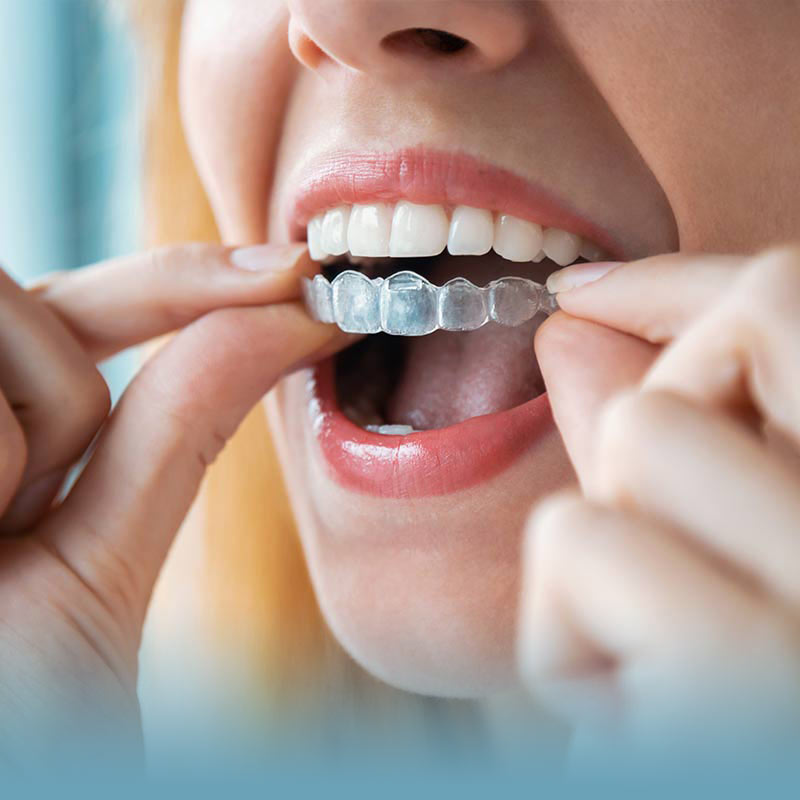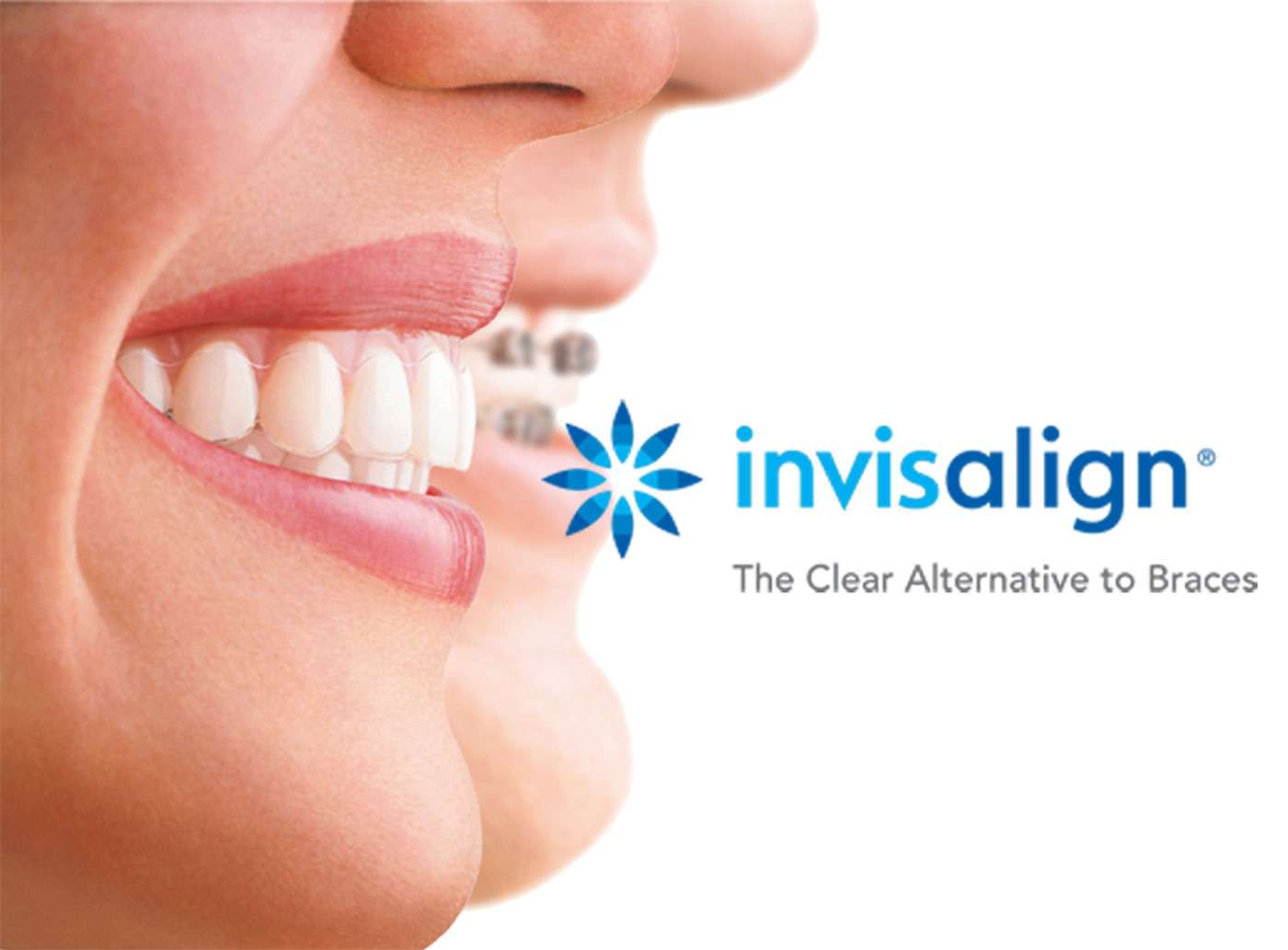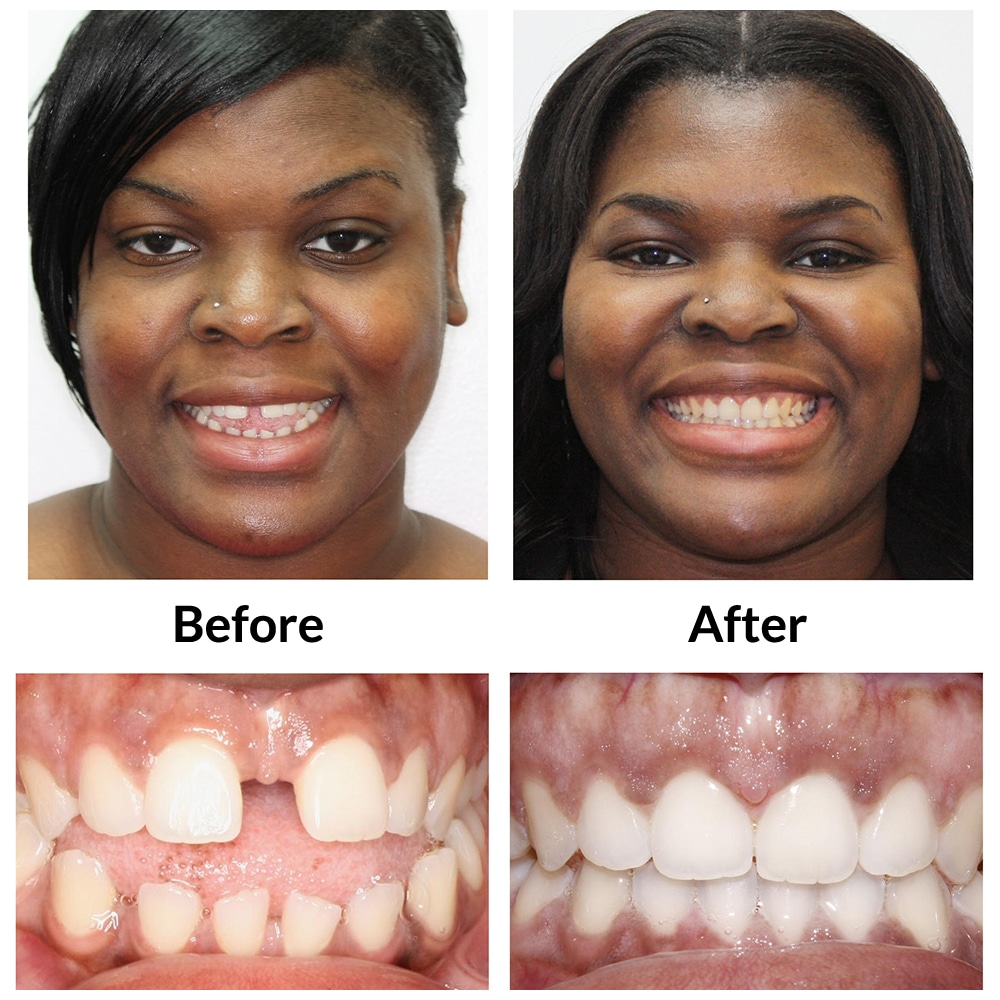Maintaining Oral Health While Utilizing Invisalign: Tips for a Smooth Experience
Maintaining Oral Health While Utilizing Invisalign: Tips for a Smooth Experience
Blog Article
Invisalign vs. Conventional Dental braces: Which Alternative Is Right for You?
When considering orthodontic therapy, the option in between Invisalign and traditional dental braces provides several vital variables that merit careful analysis. Invisalign uses a discreet alternative with removable aligners, while standard braces give an extra noticeable yet reliable remedy for serious imbalance. Each choice encompasses distinct advantages and downsides associated with looks, convenience, treatment duration, and cost. Recognizing these nuances is important for making an informed choice that aligns with your individual preferences and lifestyle. The concern continues to be: which alternative will finest satisfy your orthodontic requirements and expectations?
Review of Therapy Options

On the other hand, traditional braces contain metal braces and wires that are adhered to the teeth. This technique applies constant stress gradually to accomplish alignment. While reliable for intricate orthodontic problems, typical dental braces require routine visits for changes and can pose difficulties in maintaining dental health as a result of the trouble of cleaning around brackets and wires.
Both alternatives have their benefits, and the choice usually rests on specific oral conditions, way of life choices, and patient compliance. Ultimately, consulting an orthodontic specialist is vital for establishing one of the most ideal treatment strategy tailored to specific demands. Understanding the nuances of each alternative can significantly affect the total success of orthodontic treatment.
Aesthetic Considerations
A substantial factor influencing the option between Invisalign and conventional dental braces is the aesthetic allure each treatment uses. Invisalign aligners are crafted from clear plastic, making them practically unnoticeable when worn.
On the other hand, standard braces include metal brackets and cables, which can be much more recognizable. While developments in orthodontic innovation have actually led to the growth of smaller braces and tinted elastics, standard braces still keep an even more conspicuous profile. For some individuals, the exposure of dental braces might hinder them from seeking necessary therapy.
Eventually, the option in between Invisalign and standard dental braces might rest on personal choices concerning visual appeals. Clients who prioritize discretion commonly favor Invisalign, while those who are less worried about exposure might go with standard dental braces. Recognizing the aesthetic effects of each option is critical for making an educated decision that aligns with one's way of life and choices.
Comfort and Convenience

In regards to ease, Invisalign aligners are removable, making it possible for people to enjoy their favored foods without restriction and keep ideal oral hygiene. Cleaning and flossing are simplified, as the aligners can be gotten throughout these routines, whereas conventional dental braces require careful navigating around wires and braces.
In contrast, conventional dental braces demand normal changes, making them less hassle-free for those with hectic timetables. On the whole, the comfort and ease of Invisalign make it an enticing selection for several individuals seeking orthodontic therapy.
Treatment Period and Efficiency
While both Invisalign and conventional braces work in fixing dental imbalances, the duration of treatment can differ dramatically in between both alternatives. Normally, Invisalign therapy can take anywhere from 12 to 18 months, depending on the complexity of the instance. The clear aligners work by slowly moving teeth into their desired placements, and normal follow-ups with an orthodontist assistance make certain development remains on track.
On the other hand, standard dental braces often call for a longer commitment, typically varying from 18 months to 3 years. This results from their fixed nature and using brackets and cords, which can be more effective for intricate situations and extreme imbalances (Invisalign). The treatment performance of traditional braces is well-documented, as find out here now they allow for exact changes and greater control over tooth activity
Ultimately, the choice between Invisalign and conventional braces might rest on both the anticipated therapy duration and the certain oral problems available. Consulting with an orthodontist is important, as they can offer tailored recommendations based upon specific needs, making sure the chosen technique lines up with preferred outcomes click for more info and durations.
Price Comparison and Insurance Policy Choices
Cost plays a substantial role in the decision-making procedure for people taking into consideration orthodontic therapy, whether selecting Invisalign or conventional braces. Usually, the expense of Invisalign ranges from $3,000 to $8,000, while traditional dental braces generally cost between $2,000 and $6,000. Aspects affecting these prices consist of the intricacy of the instance, the period of treatment, and geographical location.
Insurance policy insurance coverage can substantially affect out-of-pocket costs. Numerous dental insurance coverage plans supply partial protection for orthodontic treatments, yet the specifics can vary extensively. It is critical for clients to review their insurance plan to identify the level of coverage for either alternative. Normally, standard dental braces may be more often covered by insurance coverage strategies contrasted to Invisalign, which some insurance providers classify as an aesthetic treatment.
In addition, a number of orthodontic methods supply versatile payment strategies, making both treatment choices more accessible. Clients should inquire about possible funding options and discounts for ahead of time payments. Examining the complete cost, consisting of insurance benefits and settlement plans, is essential for making an informed choice that lines up with both visual choices and budget factors to consider.

Final Thought
In summary, the option between Invisalign and traditional dental braces depends upon multiple elements, consisting of visual choices, convenience, treatment period, and expense. Invisalign supplies a very discreet, removable alternative that promotes oral health and dietary versatility, while traditional dental braces might be preferable for complex oral problems and often come at a reduced cost point. Inevitably, appointment with an orthodontist is vital to examine individual scenarios and establish the most ideal treatment option for attaining optimal oral placement.
When taking into consideration orthodontic therapy, the choice in between Invisalign and traditional dental braces provides a number of vital variables that warrant cautious analysis.Comparing Invisalign and traditional braces exposes distinct treatment options for orthodontic correction.While both Invisalign and standard braces are effective in fixing oral misalignments, the duration of treatment can vary considerably in between the two alternatives.Price plays a substantial function in the decision-making procedure for people considering orthodontic therapy, whether opting for Invisalign or conventional braces.In summary, the choice in between Invisalign and typical braces pivots on several elements, including visual choices, convenience, treatment period, and price.
Report this page